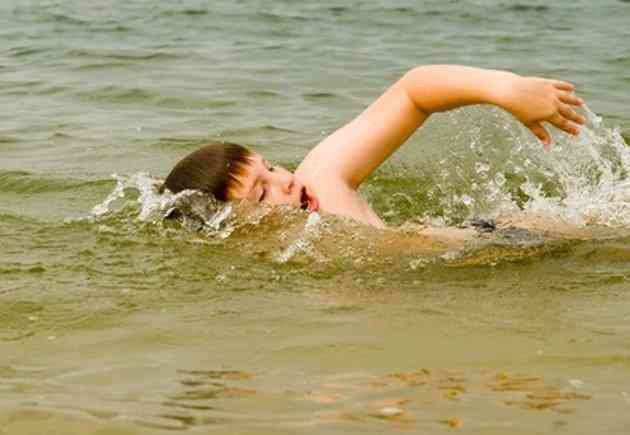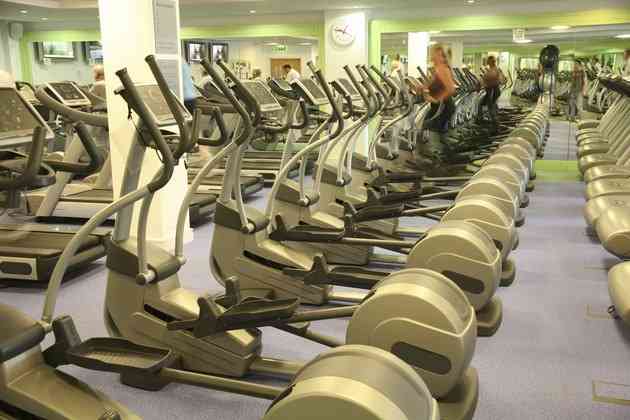Front Crawl Stroke Technique

The front crawl is a classic swimming stroke and is usually one of the first learned when you take swimming lessons. The front crawl is also known as freestyle swimming, and is the fastest of all the swimming strokes, according to the Swim City website. The front crawl is a basic swimming stroke, but it still requires a good deal of timing, coordination and technique for it to be effective. Consult your physician if you plan to start a swimming exercise program.

Step 1
Enter the water in the shallow end if you are inexperienced, just in case you have difficulty.
Step 2
Reach straight out with both arms and both legs as you lie on your chest in the water. Flatten your right hand out and turn your palm away from your body. Your thumb should enter the water first and "catch the water," according to the Learn 4 Good website.
Step 3
Pull your right hand back through the water in a semi-circle, with your elbow higher than your hand, and your hand pointing toward the center of your body.
Step 4
Push your right hand underneath your body. Your palm will be at the side of your body when the push move is over.
Step 5
Move your right elbow in a semi-circle in the direction you are swimming. Relax the hand and lower arm, letting them hang freely from your elbow, close to your body. This is the recovery stage. Begin your pull movement with the left hand while this is happening. Continue the pull-push-recovery movements by alternating arms at a consistent pace.
Step 6
Kick your legs in a quick, up-and-down flutter motion, while your arms are pulling and pushing your body forward. Bend your knees slightly at the beginning, then kick the foot and lower leg downward. Try for six kicks per arm cycle.
Step 7
Swim with your face down, and breathe to the side of your recovery arm when necessary. Most swimmers will adopt a breathing pattern that works best for them, such as a breath every three or four strokes.
Tip
Avoid rolling your body side to side. This extra motion slows your forward movement.
Warning
If you become fatigued, stop, take a short break and then continue. Always swim with a partner in case you get muscle cramps and need help getting out of the water.




